The growing popularity of esports has led to the rapid expansion of dedicated gaming arenas worldwide. These venues, often packed with high-performance equipment and large crowds, face unique challenges in maintaining optimal air quality. Poor ventilation, excessive heat, and airborne contaminants can negatively impact both player performance and spectator comfort. As a result, establishing comprehensive air quality management standards for esports arenas has become a pressing concern for venue operators and health regulators alike.
Understanding the unique air quality challenges in esports venues requires examining several key factors. The dense concentration of gaming PCs and large LED displays generates significant heat, while the enclosed nature of most arenas limits natural airflow. Additionally, the prolonged presence of audiences creates carbon dioxide buildup and introduces various airborne particles. Unlike traditional sports stadiums with open designs, esports facilities often operate in controlled environments where mechanical ventilation becomes crucial.
Recent studies have shown that suboptimal air quality in gaming environments can reduce cognitive function by up to 15%, directly affecting player reaction times and decision-making abilities. The combination of elevated temperatures and poor ventilation also increases the risk of equipment overheating, potentially causing technical failures during critical competitions. These findings have prompted industry leaders to develop specialized air quality protocols tailored to the unique needs of competitive gaming spaces.
The foundation of effective air quality management begins with proper HVAC system design. Esports arenas require systems capable of handling heat loads that can exceed 50 kW in medium-sized venues. Displacement ventilation strategies often prove more effective than traditional mixing systems, as they directly remove heat from player stations while maintaining comfortable spectator areas. Many modern facilities now incorporate smart sensors that monitor temperature, humidity, CO2 levels, and particulate matter in real-time, allowing for dynamic adjustments throughout events.
Air filtration represents another critical component of venue standards. High-efficiency particulate air (HEPA) filters have become increasingly common in premium esports facilities, capable of capturing 99.97% of particles sized 0.3 microns or larger. Some venues have begun experimenting with activated carbon filters to address volatile organic compounds (VOCs) emitted by electronics and cleaning products. The emerging practice of bipolar ionization shows promise in reducing airborne pathogens without significantly increasing energy consumption.
Temperature regulation presents particular challenges in esports environments. While traditional office spaces typically maintain temperatures between 20-24°C (68-75°F), gaming arenas often require cooler settings to compensate for equipment heat output. However, player comfort must be balanced against the risk of condensation forming on sensitive electronics. Many standards now recommend maintaining arena temperatures at 18-20°C (64-68°F) with relative humidity between 40-60% for optimal performance conditions.
Audience density significantly impacts air quality management strategies. During major tournaments, some venues reach occupancy levels exceeding 5 people per 10 square meters - comparable to crowded nightclubs or convention centers. This necessitates ventilation rates far beyond standard building codes, with some facilities implementing 15-20 air changes per hour during peak events. The placement of return air vents becomes particularly important in these scenarios, as improper positioning can create stagnant zones where heat and contaminants accumulate.
Energy efficiency considerations are driving innovation in esports venue design. The substantial power requirements of both gaming equipment and environmental systems have led many operators to explore heat recovery ventilation (HRV) systems. These solutions capture waste heat from server rooms and player stations, repurposing it for space heating or water preheating. Some cutting-edge facilities in Nordic countries have achieved 30-40% reductions in HVAC energy consumption through such integrated approaches.
Emerging technologies are reshaping air quality management practices in the esports industry. Internet of Things (IoT) platforms now enable centralized monitoring of multiple air quality parameters across different venue zones. Artificial intelligence algorithms can predict air quality changes based on ticket sales data and historical patterns, allowing systems to preemptively adjust before conditions deteriorate. Several manufacturers have developed specialized cooling solutions for gaming stations that integrate directly with venue HVAC systems.
The development of industry-wide standards faces several challenges, including regional climate variations and differences in venue scale. A 500-seat dedicated esports stadium in Singapore will have vastly different requirements than a converted warehouse venue in Berlin. However, organizations like the International Esports Federation have begun working with environmental engineers to create adaptable guidelines that account for these variables while maintaining core performance benchmarks.
Player health considerations are increasingly influencing air quality standards. Pro gamers competing in multi-day tournaments may spend 10-12 hours daily in competition venues, making indoor environmental quality a legitimate occupational health concern. Some teams now employ environmental specialists who monitor venue conditions and can request adjustments between matches. This trend mirrors developments in traditional sports medicine, where air quality is recognized as a factor in athletic performance.
The economic implications of proper air management are becoming more apparent to venue operators. Poor ventilation can lead to faster equipment degradation, increased maintenance costs, and potentially shorter lifespans for expensive gaming peripherals. Conversely, venues with superior air quality systems report higher customer satisfaction scores and increased repeat attendance. Some premium facilities have begun marketing their advanced environmental controls as a competitive advantage when bidding for major tournaments.
Looking ahead, the integration of air quality metrics into esports broadcasting represents an intriguing possibility. Just as tennis broadcasts show court temperature or baseball displays wind speed, future esports productions might include real-time air quality indicators to provide context for player performance. This transparency could drive further improvements as venues compete to demonstrate optimal playing conditions. The intersection of environmental engineering and competitive gaming continues to evolve, promising healthier and more consistent conditions for players and fans worldwide.

By /Jul 29, 2025

By /Jul 29, 2025
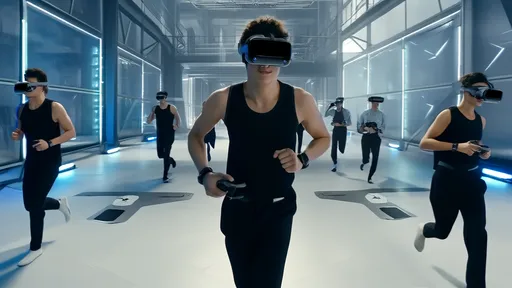
By /Jul 29, 2025

By /Jul 29, 2025
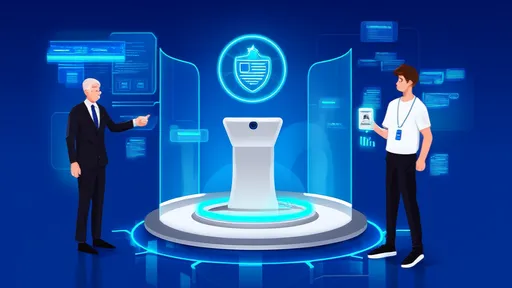
By /Jul 29, 2025

By /Jul 29, 2025

By /Jul 29, 2025

By /Jul 29, 2025

By /Jul 29, 2025

By /Jul 29, 2025

By /Jul 29, 2025
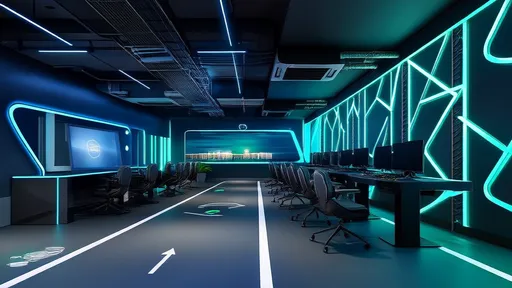
By /Jul 29, 2025
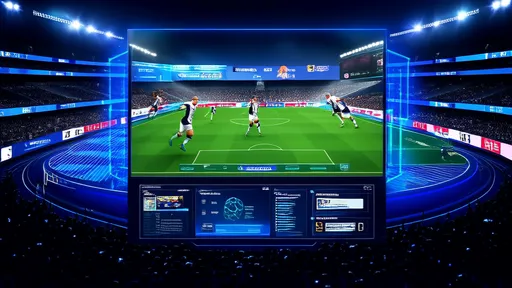
By /Jul 29, 2025

By /Jul 29, 2025
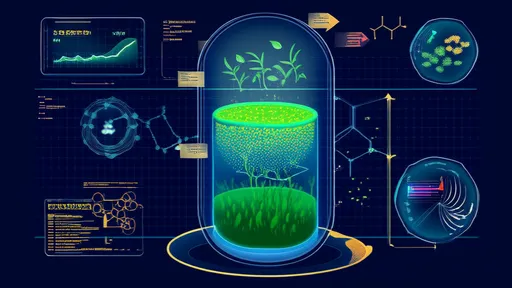
By /Jul 29, 2025

By /Jul 29, 2025

By /Jul 29, 2025
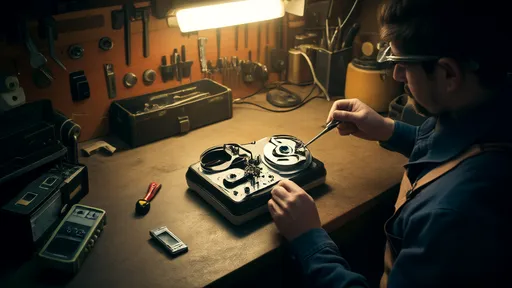
By /Jul 29, 2025